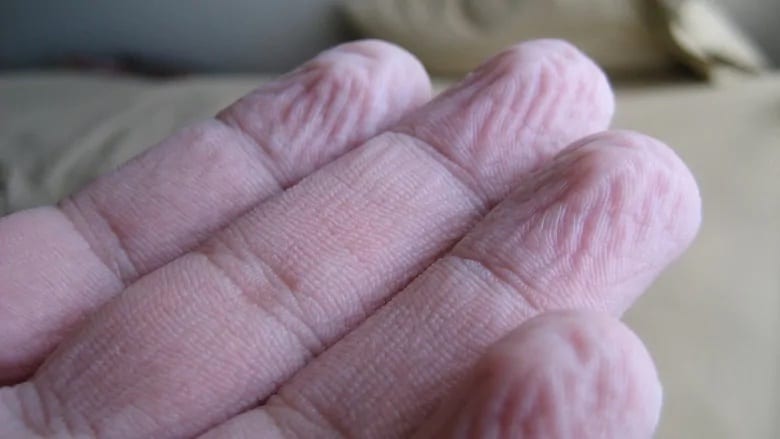Traditionally, low back pain has been looked on in a ‘biomedical’ or ‘pathoanatomical’ way. What does this mean?
Pathoanatomical thinking is when you ask these kind of questions:
- ‘what is the structure at fault’?
- ‘is there something that can be cut out, injected, adjusted, shot with an ‘activator’, moved or massaged that can eliminate the pain?’
Pathoanatomical literally means a bit of anatomy with pathology (something wrong going on with it).
Many health practitioners, including GPs, surgeons, physios and chiropractors still think exclusively in these terms.
Most of the public think about back pain this way too. That is no surprise given that the biomedical and pathoanatomical approach is ingrained in our health care system.
A pathoanatomical approach doesn’t work for back pain
Pathoanatomical thinking can work really well in some areas of medicine and physio.
For example, if you have a fracture, you obviously want that fracture identified and dealt with correctly. You have some anatomy with pathology and it needs to be dealt appropriately using a pathoanatomical approach.
Back pain is the best example of a problem that (most of the time) can’t be approached this way.
Unfortunately, this kind of blinkered one dimensional thinking doesn’t work with persistent low back pain.
My personal experience and the experience of others bears this out. More importantly, the literature conclusively shows this out.
The series on low back pain in the Lancet from 2018 was a great summary of the state of play with low back pain and how this biomedical/pathoanatomical approach is not winning.
I did my own summary of the articles at the time – you can read it here: Is this the start of a low back pain revolution?’
So if my therapist, my GP, surgeon thinks in a pathoanatomical way, is it all bad? It certainly can lead you down a slippery slope …
A patho-anatomical approach to low back pain has consequences
The worst part about it is that biomedical, pathoanatomical thinking has lead to an enormous problem.
Lots of unnecessary
- therapies
- cost
- medication
- surgeries
- injections
- addictions and
- suffering.
There is no doubt that low back pain can be related to many possible spinal structures. We know this to be true because there are so many tissues that have a nerve supply.
However, targeting of individual structures has been the downfall of the treatment of low back pain over the decades.
Arguably even more so than other injuries, it is critical to consider the central nervous system, including our enormous, amazing supreme controller organ that resides above all else in the human body – the brain.
But there is more than your brain to consider!
So what is the alternative to pathoanatomical thinking?
The approach that has been endorsed by the scientific literature is called a biopsychosocial approach.
Breaking it down:
Bio
The bio part is for biology, but biology in a big sense. Not just the anatomical structure itself but the biology of pain, healing, the immune system, the gut microbiome, the biology of thinking, the biology of moving or not moving. All-encompassing biology.
Psycho
The psycho part is about all of the thought processes involved, what you think, believe, worry about, afraid of, remember, the past experiences, your prediction of future experiences and more.
Social:
The social aspect is the hardest to define and the part that gets missed more often than not. Social refers to relationships with family, friends, your workplace, how you feel you are perceived by society, your living circumstances and more.
Each of these three aspect blend with each other. What you think affects your biology. What is happening in your living situation affects your psychology.
As you can see, a biopsychosocial approach is the epitome of ‘holistic’. When you start thinking about the number of factors involved in a biopsychosocial approach, how is it possible that anything as complicated as low back pain could be reduced down to one structure’s pathology?
Summary
- Low back pain is complicated
- Low back pain involves all three components of the biopsychosocial model in varying degrees
- A pathoanatomical approach to low back pain doesn’t work, particularly for persistent low back pain
- The literature bears this out consistently.
Click here to read more about how we can help your back pain.















